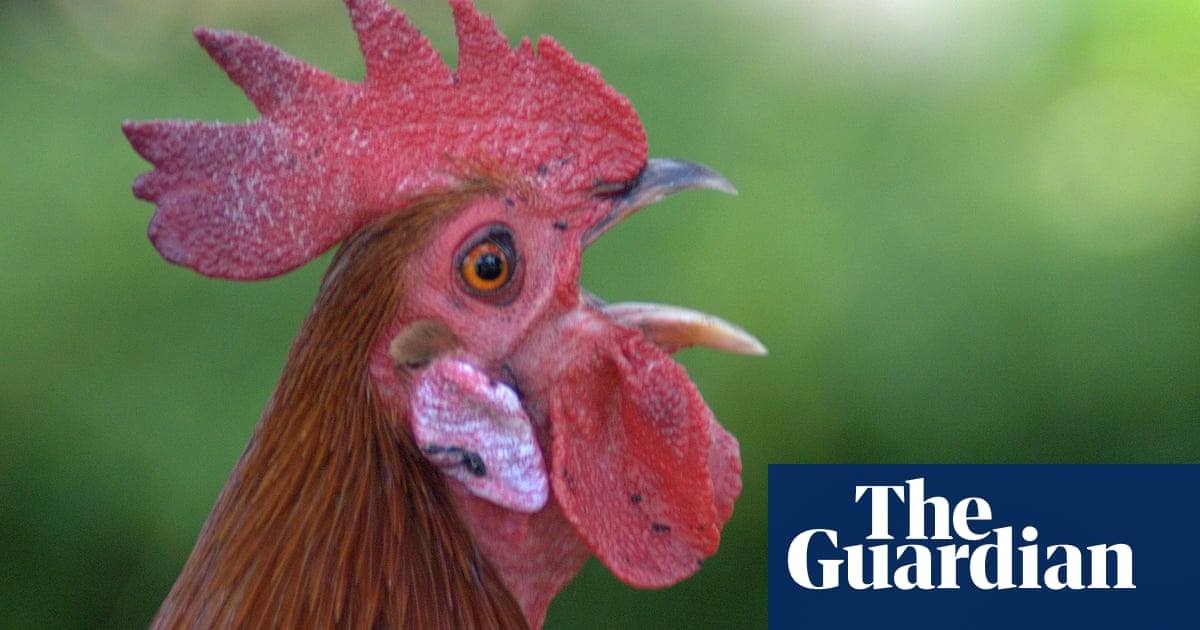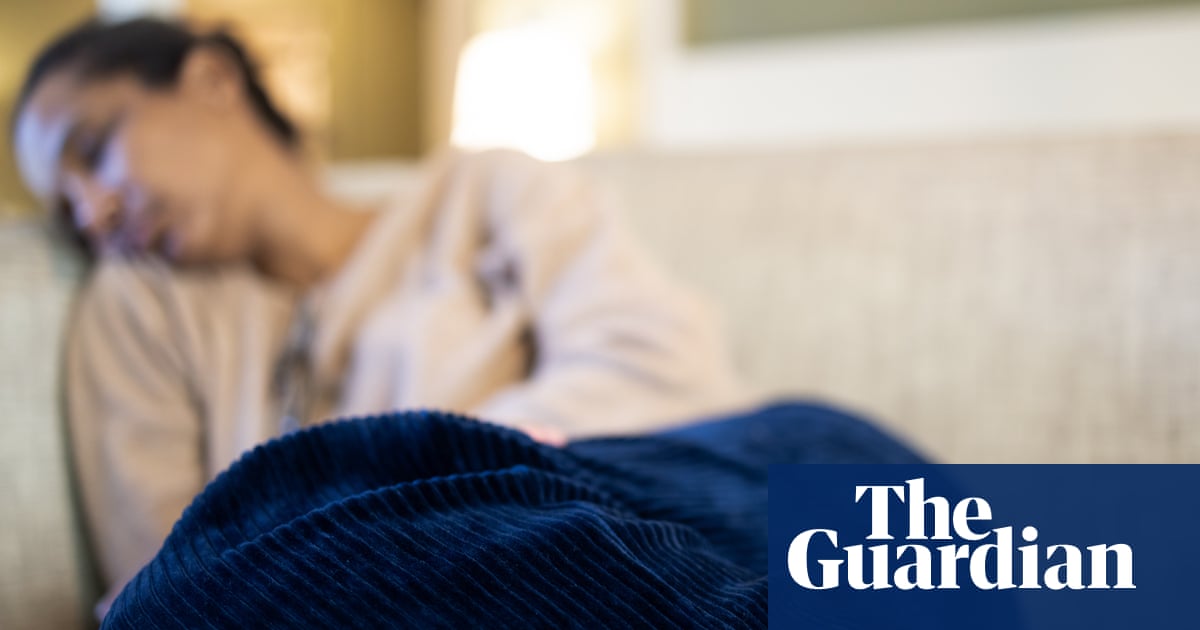
With their colourful plumage and prominent combs, roosters might be forgiven for sneaking the odd glance in the mirror – particular as research now suggests the birds may be able to recognise their own reflection.
The ability to recognise oneself in the mirror has so far been found in a handful of animals, including elephants, dolphins, great apes and certain fish and birds.
Sonja Hillemacher, one of the authors of the study at the University of Bonn, said animals that can recognise themselves in a mirror often seemed to have more advanced cognitive abilities, and that there was a link to social and emotional intelligence, as well as self-awareness.
“This ability is a fundamental aspect of consciousness. It is also fundamental for us,” she said.
“Our results suggest a level of consciousness [in chickens] that prompts discussions about animal rights and welfare.”
Writing in the journal Plos One, Hillemacher and colleagues note that roosters tend to call out to their peers should they see an aerial threat, such as a bird of prey. If a rooster is alone, however, it does not usually raise the alarm as it could draw the predator’s attention.
In their first set of experiments, the team placed a rooster in one of two sections of an indoor space. In the other section they placed either a mirror, another rooster, or left it empty.
The team then projected the silhouette of a flying hawk on to the ceiling of the section containing the first rooster.
The results from 58 roosters revealed the birds made far more alarm calls when another rooster was visible to them, with 1.33 alarm calls per bird on average over three tests, than when alone (0.29 calls on average) or faced with the mirror (0.43 calls on average). The team found a similar reduction in calls when they placed a second rooster out of sight behind the mirror.
The team say the findings suggest the birds did not regard their reflection as another rooster, even when accompanied by the smell and sound of a second bird. While that may suggest roosters can recognise themselves in a mirror, the team say there is another possibility.
“It’s equally feasible that they regarded their reflection as an odd [member of their species] mimicking their every move, leading them not to emit an alarm call out of irritation,” said Hillemacher.
The researchers also used a traditional “mark test” to probe mirror self-recognition. In those experiments, 18 roosters had either pink or transparent powder dabbed just below their beak, on their chest – a place they cannot usually see. The birds’ reactions were then recorded in the presence and absence of a mirror to explore if they saw and understood the mark was on their body – a revelation typically gauged by an animal’s tendency to investigate the patch.
The results revealed that while the birds touched and groomed themselves, their behaviour did not differ when a mirror was present, or if the mark was pink or transparent.
The team say that their results suggest mirror tests should be modified to take into account the natural context of the animal being studied.
They also note that with chickens possibly one of the least expected candidates for recognising their own reflection, the results have important implications.
“If roosters can differentiate between their own reflection and the sight of a conspecific, it is likely that this cognitive ability is much more widespread than previously assumed,” the team write.












